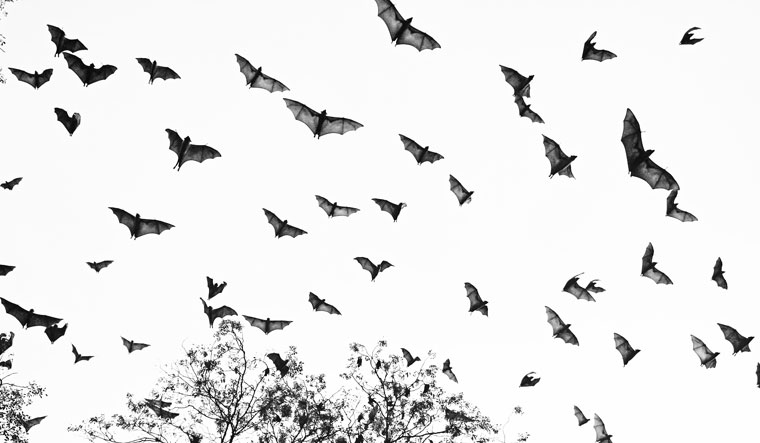Researchers studying bat samples from a single, small region of Yunnan province have identified 24 novel coronavirus genomes from different bat species, including four that are like SARS-CoV-2.
The study, led by Weifeng Shi of the University of Shandong, had involved sample collection from forest-dwelling bats between May 2019 and November 2020, testing urine, feces and also taking swabs from the bats’ mouths.
According to the study, “Identification of novel bat coronaviruses sheds light on the evolutionary origins of SARS-CoV-2 and related viruses”, which was published as a pre-proof in Cell, 411 samples were taken from 342 bats, including 24 full-length coronavirus genomes, from rhinolophus bat species, which are distributed across parts of southwest China and southeast Asia.
The study says it clearly demonstrates that viruses “closely related to SARS-CoV-2 continues to circulate in bat populations, and in some regions might occur at a relatively high frequency” However, “much lower sequence identity in the spike gene, undoubtedly the product of a past recombination event, made it a second closest relative of SARS-CoV-2, next to RaTG13, at the genomic scale. Hence, aside from the spike gene, RpYN06 possessed a genomic backbone that is arguably the closest to SARS-CoV-2 identified to date.”
It says of particular note was one novel bat coronavirus identified, RpYN06, that exhibited 94.5 per cent sequence identity to SARS-CoV-2 across the genome as a whole.
In the chapter on the study’s limitations, the authors write, “This study presents the identification of four SARS-CoV-2 related coronaviruses in bats, including one virus displaying high sequence identity to SARS-CoV-2 in most genomic regions. However, the direct evolutionary progenitor of SARS-CoV-remains unclear, and our sampling only considers a small number of bat species from a restricted geographic region. In addition, we did not consider other potential mammalian hosts for SARS-CoV-2 related coronaviruses that may also shed light on virus origins.”




